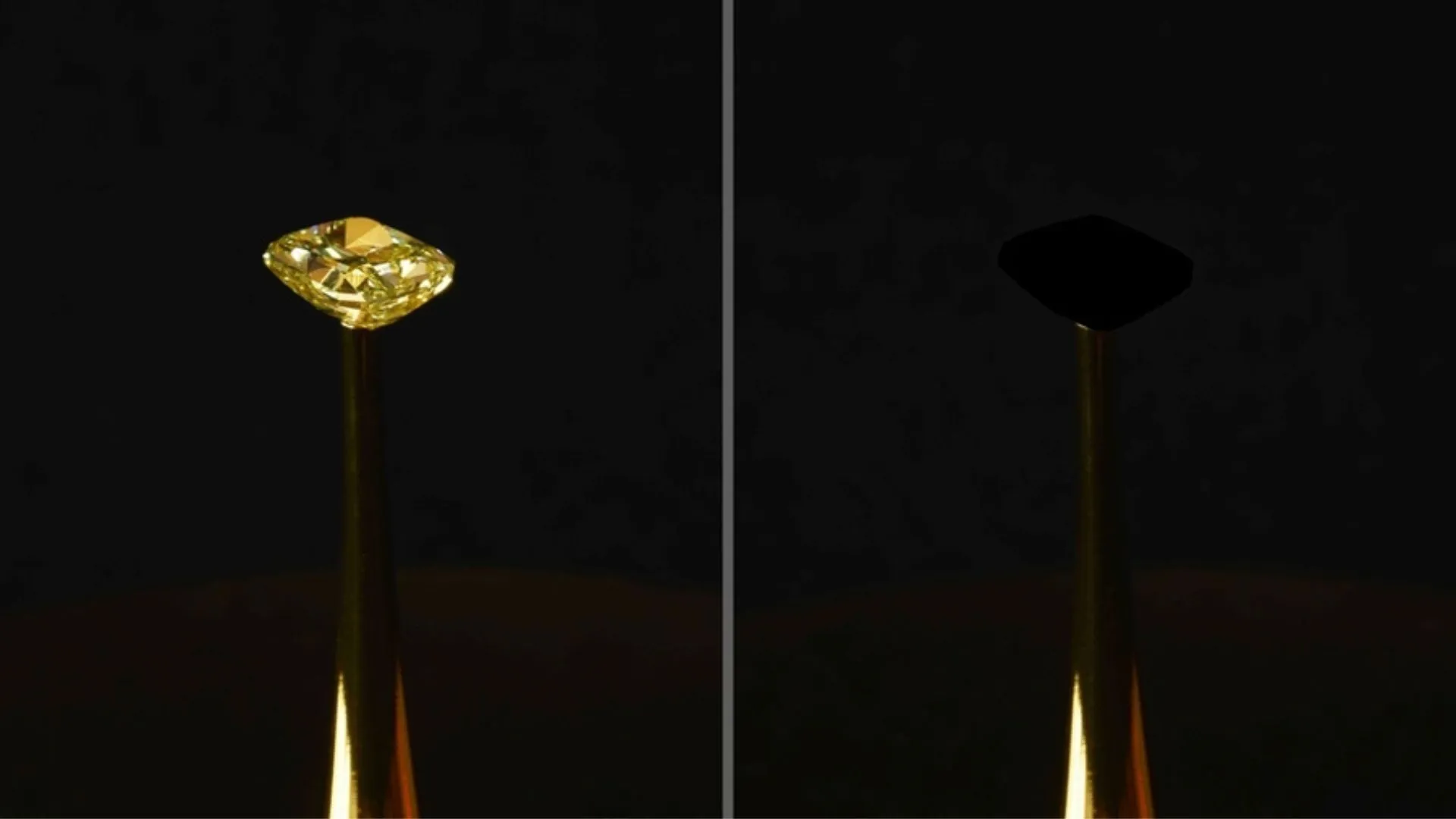Copyright Interesting Engineering

Researchers from the University of the Basque Country (EHU) have developed ultra-black copper cobaltate nanoneedles that can absorb up to 99.5% of sunlight, setting a new standard for materials used in concentrated solar power (CSP) systems. The findings could make solar tower technology more efficient and commercially viable, accelerating the shift toward cleaner energy. Using specialized, high-temperature research equipment, scientists from EHU’s Thermophysical Properties of Materials group analyzed the thermal and optical performance of the nanoneedles. According to researcher Iñigo González de Arrieta, the goal is to “explore ultra-black materials for use in solar towers.” In such power plants, hundreds of mirrors focus sunlight onto a central tower that absorbs heat and converts it into energy. “The more we can achieve absorbing materials that are more effective, the more competitive the systems will be,” González de Arrieta said. He explained that EHU’s lab is among the few worldwide equipped for such thermo-optical analyses. The research team studied copper cobaltate nanoneedles patented by the University of California San Diego. “We saw that these copper cobaltate nanoneedles performed better than the carbon nanotubes used until now, and that these nanoneedles performed even better when coated with zinc oxide,” he said. Outshining carbon nanotubes Currently, the blackest materials on the market are vertically aligned carbon nanotubes, which absorb about 99% of light. But these materials are unstable in high temperatures and humid environments, making them unsuitable for solar tower applications. “They need to be coated with more resistant materials and that reduces their optimization,” González de Arrieta said. By contrast, copper cobaltate nanoneedles are far more stable under extreme conditions. When coated with zinc oxide, their absorption rate rises to 99.5%. “The materials (black silicon) currently used on solar towers absorb 95% of the light and that is a lot; however, copper cobaltate nanoneedles absorb 99% of the light, and those coated with zinc oxide even more, 99.5%,” González de Arrieta explained. The findings have drawn international attention. Dr. Renkun Chen of the University of California San Diego is collaborating with the U.S. Department of Energy to explore these nanoneedles for solar tower use. “But we don’t know how that will end up, given the situation of uncertainty in the U.S.,” González de Arrieta added. Toward cleaner solar power Concentrated solar power is gaining traction as a clean energy source that can store thermal energy for later use. In Spain, CSP contributes about 5% of total energy production, with major plants operating in Andalusia and desert regions worldwide. “The sun’s heat is used, above all, to melt some specific salts,” González de Arrieta said. “Melted salt retains heat very well, and then it is much easier to feed that thermal energy again into the power grid.” He emphasized the importance of continuing to improve coatings used in solar towers. “Driving forward this renewable energy offers many advantages: it is totally clean and can also be used when the sun isn’t shining,” he said. Future work will focus on developing new materials with even better conductivity and optical performance for next-generation solar towers. The study is published in the journal Solar Energy Materials and Solar Cells.



